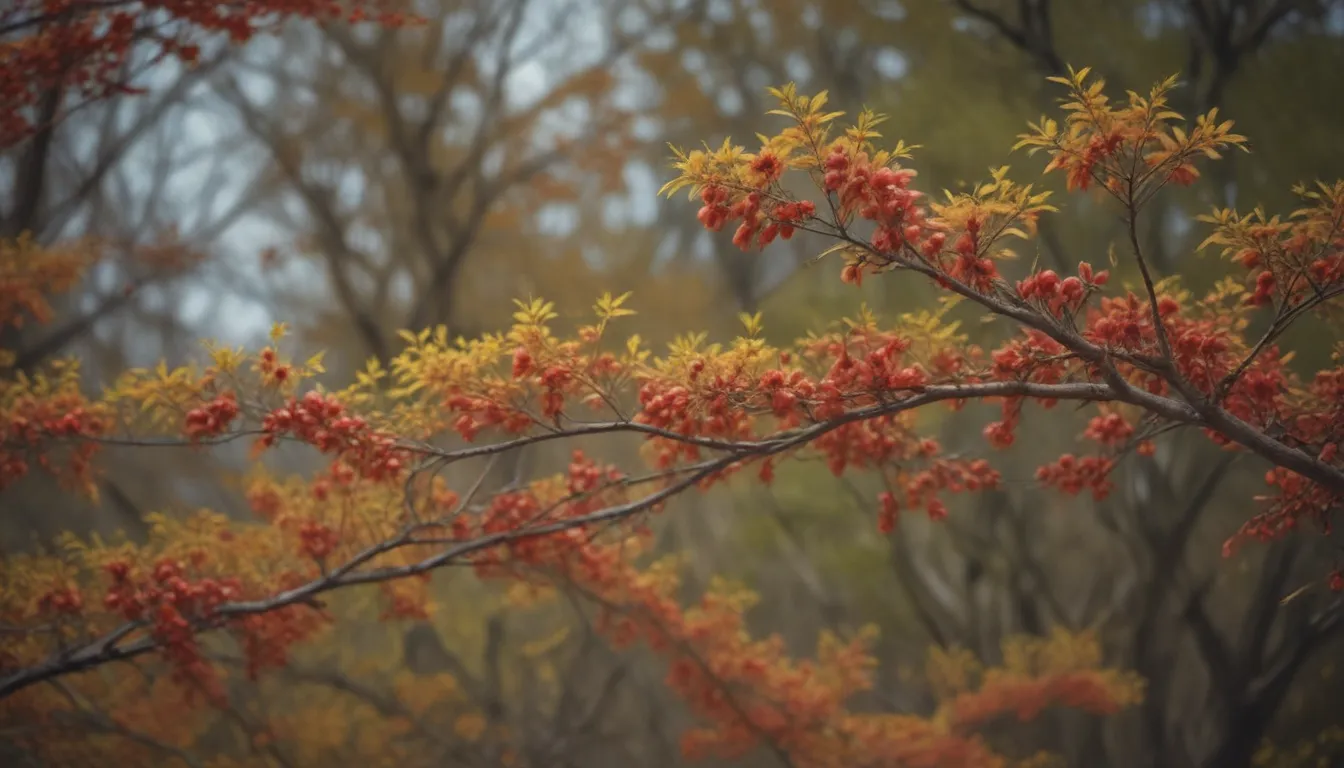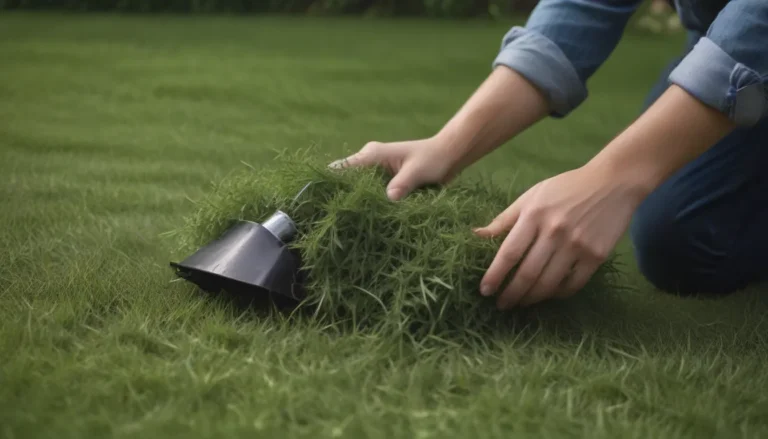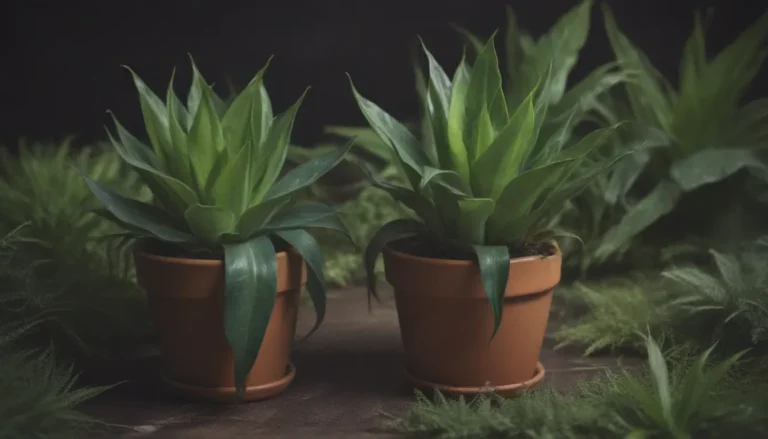Ultimate Guide to Growing and Caring for Cornelian Cherry Dogwood

Are you considering adding a Cornelian cherry dogwood to your garden? This unique shrub is not only a stunning addition with its beautiful yellow flowers and vivid red fruits, but it is also relatively easy to care for once established. Whether you’re a seasoned gardener or a newbie looking to add some color and interest to your outdoor space, this comprehensive guide will walk you through all you need to know about growing and caring for Cornelian cherry dogwood.
Introduction to Cornelian Cherry Dogwood
The Cornelian cherry dogwood is a large, multi-stemmed deciduous shrub that can also be trained to grow as a small tree. Unlike its name suggests, it is not related to cherries but produces edible fruits that are tart and resemble cranberries or sour cherries. This shrub thrives in acidic soil, requires at least four hours of sunlight, and is cold hardy down to -30 degrees F (USDA zones 4 to 8). With its early bloom of yellow flowers in late winter or early spring, the Cornelian cherry dogwood adds a pop of color to your garden when most plants are still dormant.
Cornelian Cherry Dogwood Care
Caring for your Cornelian cherry dogwood is relatively straightforward, but there are a few key considerations to keep in mind to ensure its health and vitality. Here are some essential care tips to help your shrub thrive:
Light
- This shrub prefers full sun to partial shade, requiring at least four hours of sunlight daily.
- Less than four hours of sunlight can lead to reduced flowering and fruit production.
Soil
- Plant your Cornelian cherry dogwood in well-drained, rich soil with humus.
- Avoid dense soils that retain moisture, as this can lead to root rot.
- While it prefers slightly acidic soil, it can tolerate slightly alkaline conditions within a pH range of 5.0 to 8.0.
Water
- Provide your Cornelian cherry dogwood with about 1 inch of water per week, either through rainfall or irrigation.
- Ensure the water penetrates the soil to a depth of about 6 inches.
- Once established, this shrub is resilient and can tolerate occasional flooding or drought conditions.
Temperature and Humidity
- Cornelian cherry dogwood is cold hardy down to -30 degrees F, making it suitable for USDA zones 4 to 8.
Fertilizer
- Fertilize your Cornelian cherry dogwood once in early spring and again about three months later.
- Use a balanced, slow-release granular fertilizer mixed into the soil around the roots.
- Consider using an acidifying fertilizer if you have extremely alkaline soil.
Types of Cornelian Cherry Dogwood
Cornelian cherry dogwood comes in various varieties, each with unique characteristics in size, leaf coloration, and fruit colors. Some popular varieties include:
- ‘Aurea’
- ‘Golden Glory’
- ‘Variegata’
- ‘Elegantissima’
- ‘Alba’
- ‘Nana’
- ‘Xanthocarpa’
- ‘Flava’
- ‘Fructo Violaceo’
Each of these varieties offers something special to your garden, from colorful foliage to abundant fruit production.
Pruning
To maintain the shape and size of your Cornelian cherry dogwood, regular pruning is essential. This shrub tends to form multiple leader stems, so you’ll need to prune away suckers and competing shoots to promote a healthy growth pattern. Pruning immediately after the flowers have faded in spring is recommended, but keep in mind that pruning at this time may result in the loss of fruits for that season.
Propagating Cornelian Cherry Dogwood
If you’re looking to propagate your Cornelian cherry dogwood, rooting stem cuttings is the most common method. This allows you to grow new plants that are true to their parent plants. You can also graft or grow the shrub from seeds, but keep in mind that seed sowing may delay fruit production. To encourage fruiting, plant at least two shrubs to ensure proper cross-pollination.
How to Grow Cornelian Cherry Dogwood From Seed
While stem cuttings are the preferred method for propagating Cornelian cherry dogwood, you can also grow the shrub from seeds. Here’s how to start Cornelian cherries from seed:
- Direct sow or sow in pots.
- Cold stratify artificially to mimic winter conditions and promote germination.
Potting and Repotting Cornelian Cherry Dogwood
If you choose to grow your Cornelian cherry dogwood in a pot, keep in mind that it will need ample underground space for its roots to develop properly. Transplant the shrub annually as it grows, refreshing the soil with each transplanting to provide the nutrients it needs to thrive.
Overwintering
Protect young Cornelian cherry dogwood plants in pots from frost during winter to prevent root damage. Mature, well-established plants should overwinter fine outdoors, as they are hardy down to -30 degrees F.
Common Pests & Plant Diseases
Cornelian cherry dogwood is relatively resistant to pests and diseases when grown in the right conditions. However, stressed plants may be susceptible to borers, leaf miners, scale, and various diseases such as leaf spots, crown canker, and powdery mildew. Maintaining proper care practices will help prevent these issues.
How to Get Cornelian Cherry Dogwood to Bloom
If you’re eager to see your Cornelian cherry dogwood in full bloom, here are some tips to encourage optimal flowering:
- Fertilize in spring and early summer to provide ample nutrients.
- Avoid heavy pruning immediately after flowering, as this may impact fruit production later in the season.
Common Problems With Cornelian Cherry Dogwood
Cornelian cherry dogwood is a relatively low-maintenance plant, but it can still face some challenges. Here are a few common issues and how to address them:
Browning Leaves
Browning leaves on your Cornelian cherry dogwood may be a sign of underwatering. Ensure the soil remains consistently moist to prevent leaf scorch and promote healthy growth.
Plant Is Not Fruiting
If your Cornelian cherry dogwood is not fruiting, it may be due to various factors such as plant maturity, pollination issues, or inadequate nutrients, water, or light. Ensure proper care practices to encourage fruit production in your shrub.
Fun Facts About Cornelian Cherry Dogwood
- Cornelian cherries are not related to cherries but are used in European cuisine for various culinary purposes.
- The fruit’s large pit makes harvesting and using it challenging, but efforts are being made to develop cultivars with more flesh.
- In ancient times, Cornelian cherry fruit was believed to represent health, stamina, and longevity.
- The word “cornelian” derives from the Latin “cornu,” meaning “horn,” referring to the hardness of the wood.
Conclusion
In conclusion, growing and caring for Cornelian cherry dogwood can add beauty and vibrancy to your garden with minimal effort. By following the care tips outlined in this guide, you can ensure that your shrub thrives and produces an abundance of yellow flowers and red fruits. Whether you’re a seasoned gardener or a beginner, Cornelian cherry dogwood is a fantastic addition to any outdoor space, providing year-round interest and beauty.
So, are you ready to add a Cornelian cherry dogwood to your garden? With the right care and attention, this unique shrub will flourish and become a focal point in your outdoor oasis. Happy gardening!





